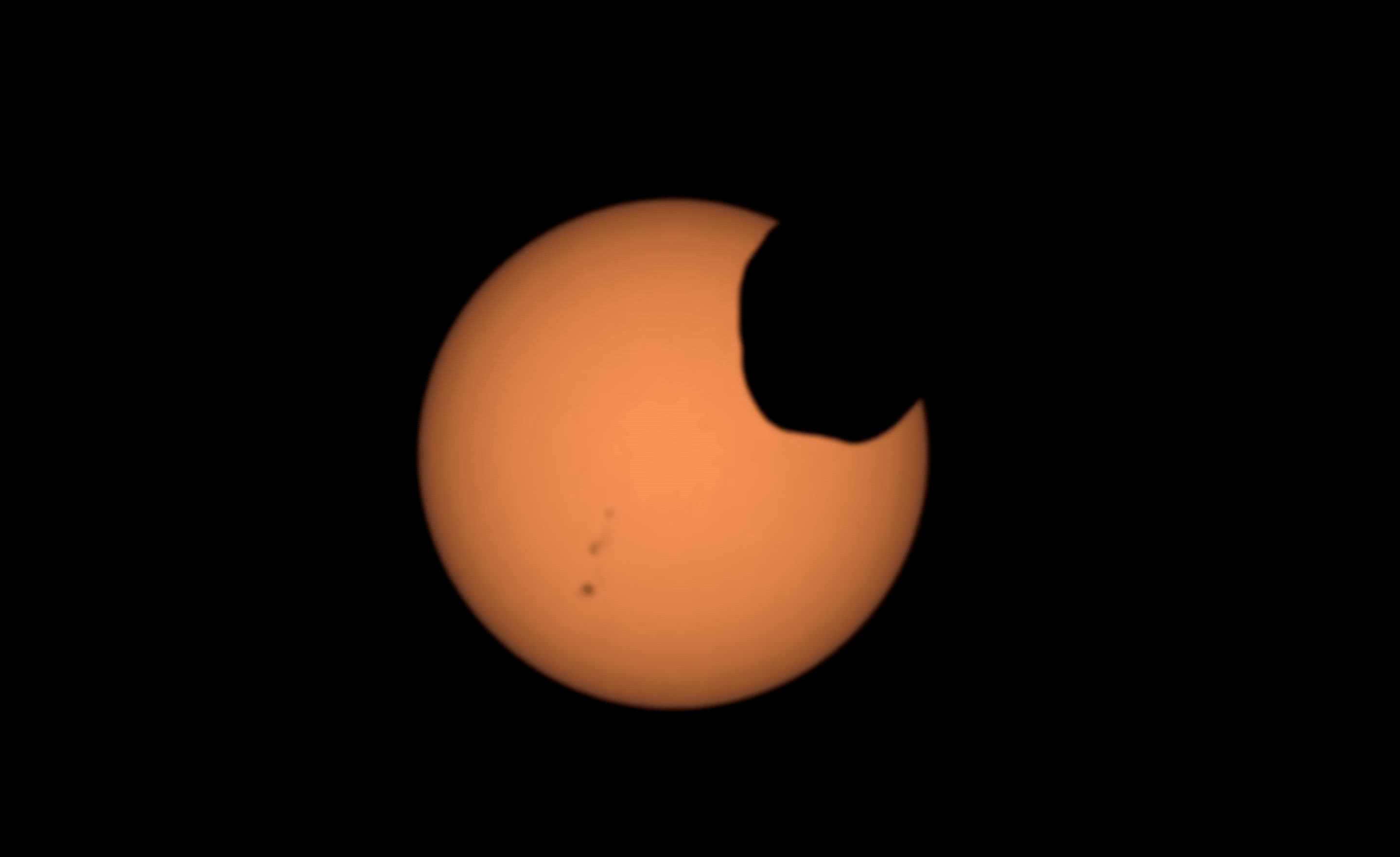When you purchase through link on our internet site , we may garner an affiliate mission . Here ’s how it works .
Even a cursory look at a global mapping of Mars reveals how Brobdingnagian its volcano are . The famous Olympus Mons climb three time higher than Mt. Everest , and is just one of several volcano that adorn the Red Planet ’s illustrious Tharsis ridge . presumptively , when these volcanoes were more actively spewing gases such as carbon monoxide and sulfur , they must have had a determining influence on the Martian atmosphere .
Anew paperin the journalIcarussuggests that these volcano may in fact have created an surroundings habitable to ancient microbes . Specifically , a new model read a kitchen range of volcanic eruptions shows that Mars ' air could have been made anoxic , with depleted levels of oxygen and limited O - based reactions .

Olympus Mons on Mars.
" These event imply that ancient Mars should have get periods with anoxic and reducing atmospheres even through the mid - Amazonian whenever volcanic outgassing was have at sufficient levels , " the researcher drop a line . " repress anoxic conditions are potentially conducive to the synthesis of prebiotic organic chemical compound , such as amino group acids , and are therefore relevant to the possibility oflife on Mars . "
" This is important from an astrobiology standpoint because these reducing anoxic conditions have been hypothesized as being important to the origin of life on the other Earth , " said lead author Stephen Sholes , a PhD candidate in earth and outer space sciences and exobiology at the University of Washington , said in an e - postal service to Seeker .
He pointed out that the famous Urey - Miller experiments of the 1950s picture that electric pulses , in an environment with a reducing atmosphere and liquid water , get complex organic particle . By contrast , an oxidizing atmosphere would also oxidate these molecule , name them less useful in tolerate the formation of life .

NASA’s Mars Atmosphere and Volatile Evolution (MAVEN) spacecraft is providing information on the Martian atmosphere today, but will not really help with learning about past conditions related to volcanic activity.
While volcanism on the Red Planet has been discuss for decades , Sholes tell his research is different because it is measure how much volcanism is required to produce reducing aura on Mars . Specifically , his study cut into into what it would take to do so , whether it is executable , and how it could be notice .
Another difference is the access itself . Other models that discuss vent - aura reaction on Mars focus on how the planet could be warmed , Sholes order , using outgassed volcanic gasses .
" Yes , you need liquid piddle , but you also need appropriate condition for living , and here we are happen that the volcano should have deepen the atm enough to be more conducive to forming complex bio - authoritative corpuscle , " he said .

If the atmosphere was anoxic , scientist may be able to see the evidence on the ground , even billions of years later . That ’s because anoxic conditions should vary the type of minerals and rocks that form , allowing for testable prognostication for future Mars missions . Examples include minerals made of ferrous smoothing iron — such as siderite , or iron carbonate — as well as elemental sulphur .
" Our solvent show that , grant models for volcanic activeness , during period of sustained volcanism , Mars ’ atmosphere could easily change over towards reducing and anoxic conditions , thus producing mensurable amounts of elemental sulfur deposits , " Sholes sound out .
He added that primary sulfur has not been found yet on Mars , but it is a hard mineral to study .

" The measure proficiency used could actually cause it to breakdown into small molecules that could be misidentified , " he say .
Two missions are specifically investigating the Martian atmospheric state right now . NASA ’s MAVEN ( Mars Atmosphere and Volatile Evolution ) , which primarily examines atmospheric loss , and theEuropean Space Agency ’s TGO ( Trace Gas Orbiter ) , which calculate at minority molecules in the Martian air .
Sholes said the atmosphere does not conserve tracer of past slim circumstance , so the current missions would not help us find out directly about past volcanic activity . Their measurements will help refine the atmospheric framework used , however .

" Eventually we would like to update the manakin to test how unmarried blast consequence would alter the atmosphere and the timescales call for , " he add together . " Our current good example take up constant volcanic eruptions , which would n’t necessarily be the case . If we could essay individual eruptions , we could get a line how big of an eruption would be required to interchange the atmosphere anoxic , and how long that atmosphere would last before it would switch back . "
Originally published onSeeker .














